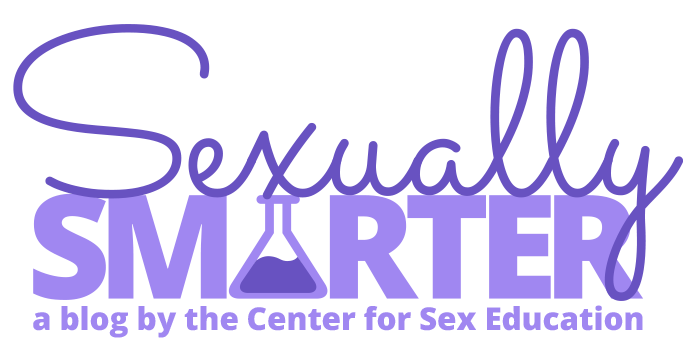The push for comprehensive sexuality education has been a constant, but it is inclusivity—especially for the LGBTQ community—that has been receiving additional attention in recent years. This past summer, John Paul Brammer, a contributor to BuzzFeed, wrote a powerful personal essay on how sex ed keeps queer teens in the dark. Even before that, both the Daily Dot and the Atlantic ran articles on the importance of LGBTQ-inclusive sex ed. More recently, Teen Vogue ran an article on the topic, as did Refinery29. And these are just a drop in the bucket.
SIECUS reports that six bills were introduced this past year that sought to remove anti-LGBTQ language from sex ed curricula, and 10 bills sought to assure that materials and instruction were LGBTQ-inclusive, or at the very least not biased against LGBTQ people. Only one of these bills was passed, removing a prohibition on “advocacy of homosexuality in health instruction,” but there’s no denying that greater inclusivity is on everyone’s minds.
Which is why it’s so essential for sexuality educators and sex ed program directors (and everyone else, for that matter) to become culturally competent in LGBTQ issues. Not only for the students they teach, but for the people they work with as well.
 “Lesbian, gay, bisexual, transgender and queer employees and customers feel safest and most valued when the culture in which they work or buy is welcoming,” says Brian McNaught, a sexuality educator and the author of Brian McNaught’s Guide to LGBTQ Issues in the Workplace. “They decide by the behavior of their managers and fellow employees whether it is truly safe ‘to bring their whole self to work.’ Behaviors are created by cultural competency, not policies.”
“Lesbian, gay, bisexual, transgender and queer employees and customers feel safest and most valued when the culture in which they work or buy is welcoming,” says Brian McNaught, a sexuality educator and the author of Brian McNaught’s Guide to LGBTQ Issues in the Workplace. “They decide by the behavior of their managers and fellow employees whether it is truly safe ‘to bring their whole self to work.’ Behaviors are created by cultural competency, not policies.”
Which is why McNaught wrote his guide, which includes a list of words and meanings used within and about the LGBTQ community, marking them as welcoming or unwelcoming. It also provides information on what symbols and days are of significance to LGBTQ people, and offers readers dos and don’ts in how to respond to common workplace situations.
“Everything we thought we knew, we now don’t know for certain,” says McNaught. “If there is one word to describe the new paradigm of sexual attraction and gender identity and expression it is ‘fluidity.’ Sexuality educators, whose focus is creating a world in which every child and adult understands and appreciates their sexuality, and that of others, will find my guide useful in learning the words to handle tough situations at work, such as when someone objects on religious grounds. They’ll also have a tool to help school administrators, school board members, faculty and staff become more competent and confident in creating safe and welcoming environments.”
And for more reading on cultural competency around LGBTQ+ issues, check out our past post on continuing education for medical professionals.





